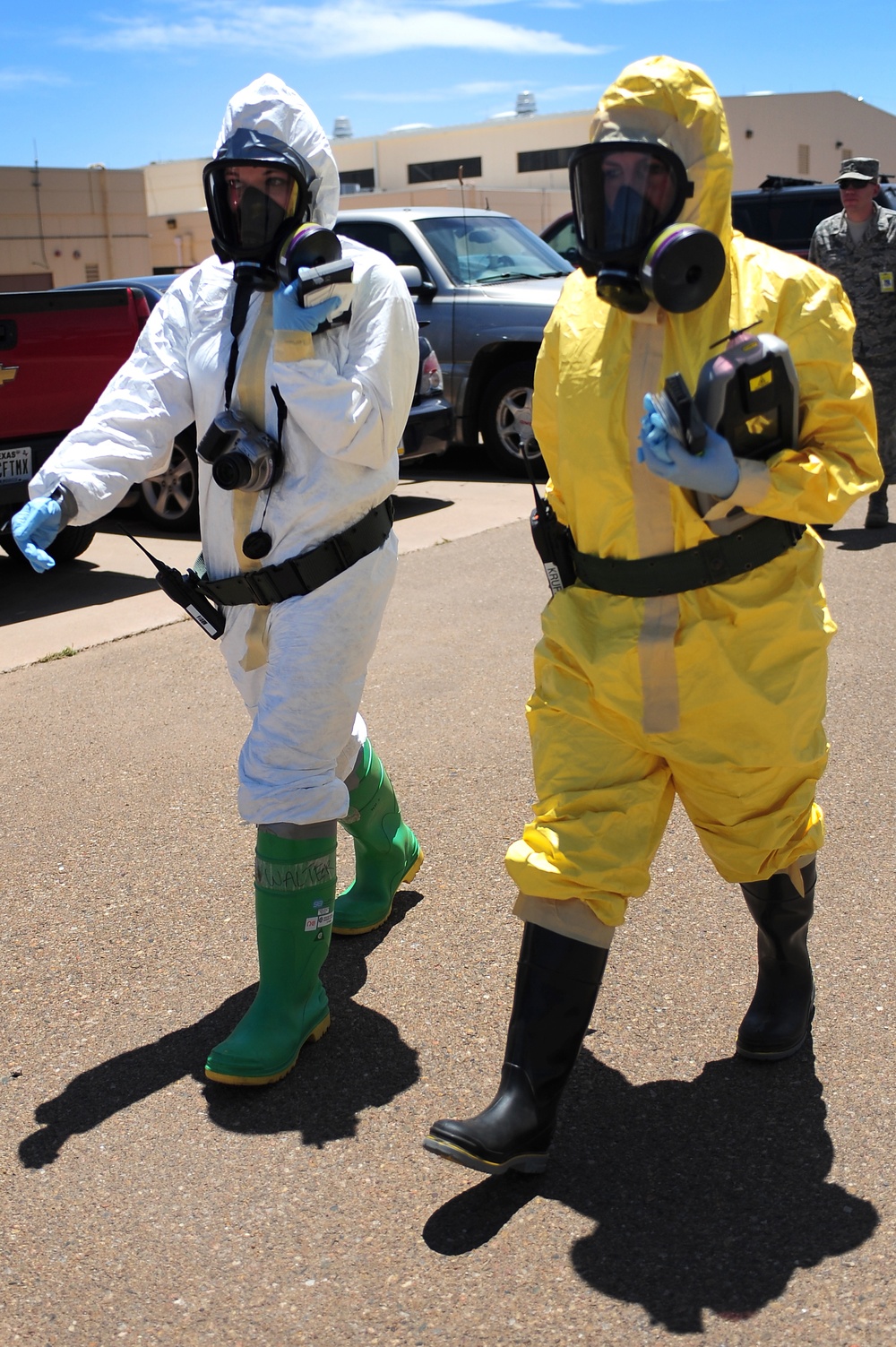
If you are unsure of a piece of mail, please contact Security on 0117 92 87848 for further advice and assitance. Adverse physical reaction to the handling of the package- itching or irritation to the eyes.Unusually printed address that may include spelling mistakes.The package being sealed in such a way as to encourage the opening of the package at a particular end.Unusual smell emanating from the package. Furthermore, if a suspicious package is determined to be an actual explosive device, many others will be part of a greater response, which may include staging additional assets (fire, EMS.Greasey or oily patches on the package.Some indicators of a suspicious package can include The Health and Safety Executive also identifies various precautions for general mail handling at the following link Suspicious Packages (Office document, 456kB).Here is a guidance document from the University Security team. Any individual found responsible for such acts will be subject to University disciplinary action, up to and including separation from the University, and prosecution under State and Federal law.Here you will find information on suspect mail, this document offers guidance from Royal Mail.

The University has adopted a "zero tolerance" policy and will aggressively investigate any such incidents.

If you suspect you have received a suspicious package, isolate the item, maintain a safe distance from the item, wash your hands, and immediately call Postal Inspectors at 1-87 and state emergency.
Suspicious package training how to#
The University and law enforcement authorities take all such actions very seriously. Learn how to identify a suspicious package. They create illegitimate alarm in a time of legitimate concern. University policy states: “Pranks or hoaxes involving false threats of Anthrax exposure or other agents of terror disrupt lives, create serious safety concerns, and tax valuable University and community resources. Are other private sector stakeholders trained on incident command procedures What would be the role and responsibility of your organizations security What. The Departments of Public Safety and Environmental Health and Safety will contact local, state and federal authorities, as appropriate. It is usually not necessary to evacuate the building.
Suspicious package training skin#
Wash hands and exposed skin vigorously with soap and flowing water for at least 20 seconds. Part 1 discusses how to plan for the arrival of a suspicious package.Calmly alert others in the immediate area and leave the area, closing the door behind you.Isolate the package from other materials, if possible.Do not shake or bump the package or letter.Do not try to open the package. If there is spilled material, do not try to clean it up and do not smell, touch or taste the material.If you receive a suspicious letter or package:


Please contact Environmental Health and Safety at 60 to schedule a session. Post Office or via campus Mail Services - must attend training on mail handling, which covers procedures for safe mail handling, how to identify a suspicious package or letter, and reporting procedures. How to Prepare:Īny University staff member who handles bulk mail quantities - either from the U.S. The University has developed guidance on handling suspicious mail or packages. There have been a limited number of national incidents involving agents of terror, including anthrax and ricin, being sent through the mail.


 0 kommentar(er)
0 kommentar(er)
